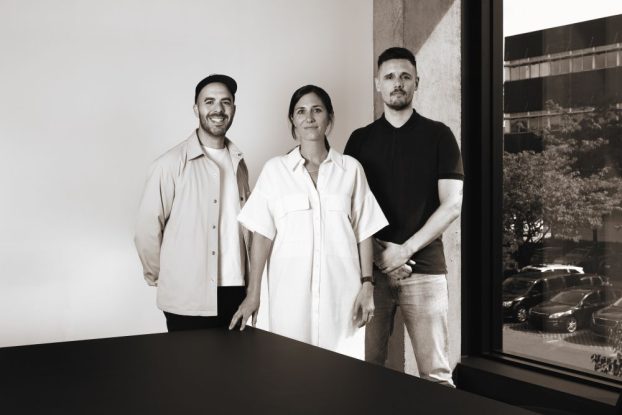The Canadian Museum for Human Rights is launching a new exhibition “Beyond the Beat: Music of Resistance and Change,” with an accompanying high-energy campaign by Humanity, its AOR.
This marks the museum’s first major show since the COVID-19 pandemic. The exhibition, which opens Feb. 2, showcases how music from different artists across a variety of genres and time periods can be a powerful force for social and political change. Among those who have used their talents to promote equality and freedom: Elton John, celebrating 2SLGBTQ+ culture; Nina Simone, spurring resistance: Tegan and Sara, giving voice to the lived experiences of 2SLGBTQ+ youth: Neil Young, challenging corporate greed; Les Colocs, commentating on social issues that resonate with Québécois youth; and Jeremy Dutcher’s singing in Wolastoqey to inspire Indigenous cultural resurgence.
“There is an inherent link between music, concerts and protests,” says Carolyn Shaw, president and CCO at Humanity. “Throughout history, music has and is a very powerful way to express emotions and feelings to connect us, and to speak out on social injustices, making an impact for future generations. So many genres of music were born out of a shared yearning for liberation and understanding.”
The hero spot, which launched two weeks prior to the exhibition opening, includes quick match cuts that bring the energy of both concerts and protests together, along with motion graphics found in the exhibition’s branding and within the exhibition itself. A custom track represents the variety of musical genres featured in the exhibition.
“Our big creative insight for this campaign was the co-relation visually and metaphorically between concerts and protests – starting with the visual of a raised fist,” Shaw says. “The movements and the drive behind both pair so beautifully together.”
Louise Waldman, director of public affairs for the museum, says one of the marketing challenges it faced was how to convey dozens of stories within an exhibition into a single campaign, when music is so varied and personal. The biggest issue, however, was the budget.
“From our marketing team perspective, our greatest challenge was telling a story about music and musicians without being able to afford to license clips or images used in the exhibition,” Waldman says. “How do you convey the musicality, the kind of exhibition it is, without those assets?”
Shaw adds that the budget didn’t allow for the team to shoot the scale of imagery needed with large groups of protests or concerts, and to ensure the breadth of musical genres featured in the exhibition was represented in the campaign. The exhibition content spans almost a century – the sections include songs from the labour movement, the Black Lives Matter movement, women’s rights, Queer Liberation and the climate strike protests.
“All of the footage was sourced, which was very challenging to find the diversity, to find the energy that we were looking for, along with the range of social movements we wanted to represent,” Shaw says. “As well, we put a lot of focus into the custom track that underpins all of the video and audio. We, again, wanted to make sure we were representing a range of musical genres in one cohesive track. Throughout the creative we also needed to make sure it was a balance of protest and music, and make sure the energy of both was equally felt.”

The campaign tagline “When it comes to human rights, be instrumental” carries through TV, cinema, social, digital, print, DOOH and radio.
The campaign runs until March 31, while the exhibition runs until September. Arrivals + Departures Media handled the media buy.























